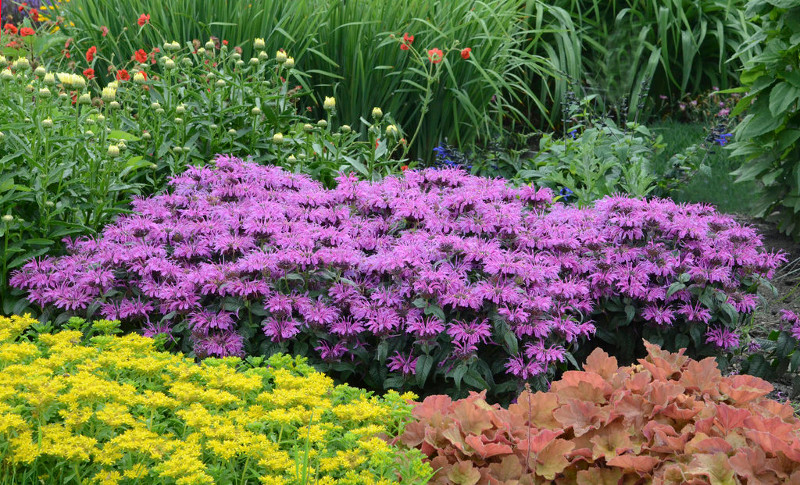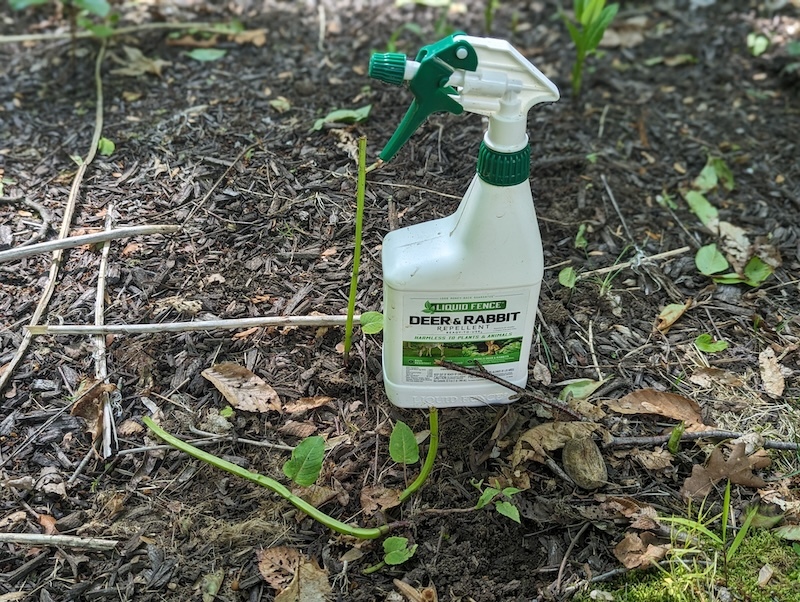Bee balm (Monarda) is a flowering herb in the mint family and considered deer resistant. Known for its tall stalks and colorful flowering all summer long, bee balm has a strong minty-orange fragrance. Butterflies and hummingbirds cannot resist the nectar-rich flowers. Because of its aromatic scent, deer and rabbits tend to leave bee balm alone and will not snack on it.

Keep in mind that deer are not picky eaters. Although they prefer daylilies, hostas, and English ivy, if no other food is around, they will eat almost any garden plant or bush. According to Rutgers University, bee balm is rated as Seldom Severely Damaged by deer browsing.
| Rarely Damaged |
| Seldom Severely Damaged |
| Occasionally Severely Damaged |
| Frequently Severely Damaged |
Keeping Deer Away From Bee Balm
Deer typically avoid plants with aromatic leaves and blooms such as bee balm. Usually, you will not have to worry about deer eating the flowers or leaves. In fact, you can plant bee balm in your garden to help deter deer from plants they do like to eat such as hostas and daylilies.

Will Bee Balm Come Back After Deer Eat Them?
Bee balm is seldom damaged by deer because it has a minty-orange scent that deer avoid. Bee balm is a hardy plant that tends to spread easy. If deer happen to eat the plant, it will most likely recover in a few weeks.
If the flowers or foliage have been eaten, trim back any ragged stems. This will actually encourage more flowering. You can cut back the growth to around 6 inches if necessary without harming the plant. Bee balm benefits from annual deadheading, cutting back, and division.
Sources: Rutgers New Jersey Agricultural Experiment Station ‘Landscape Plants Rated by Deer Resistance’ 2018
 |
Author Chris Link - Published 01-15-2021 |
